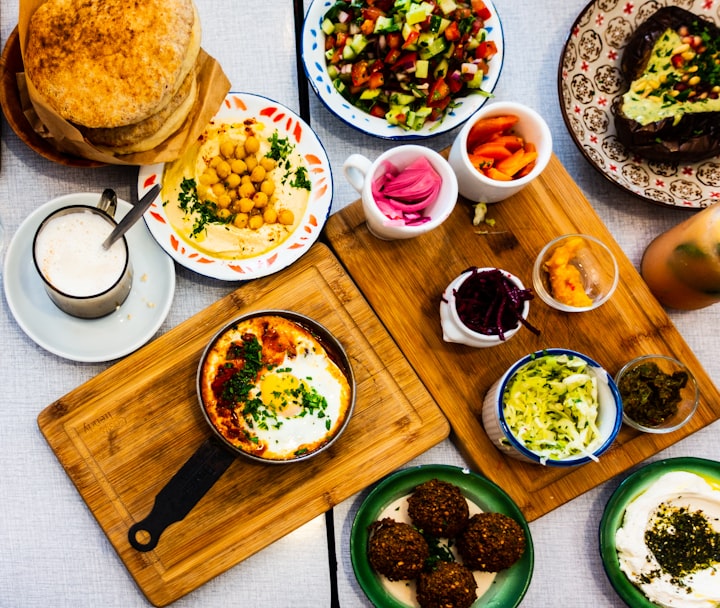A Meal, A Symphony
Food as the soundtrack to our lives

There is a tempo to cooking and to eating, as there is to music.
The diet industry may tell you that this tempo is grave: slow and solemn, yours the duty to spoon each portion of quinoa with great consideration for the consequences and punctuate each mouthful with a sip of water. I learned another tempo in early childhood, dumping cornflakes into my bowl at breakfast. Scarcely was it filled when I had it emptied, pouring three or four more before my sweet tooth was satisfied. Presto, extremely fast. Still, these bowls of cereal fueled an active childhood, barefoot on the blacktop in a suburb full of cereal-chomping children.
The speed at which we prepare and consume food influences our relationship to what we eat. The Slow Food movement, born in Italy (along with classic tempo indicators), recognizes this and champions a tempo largo—slowly, broadly, thoughtfully—to oppose the prestissimo—almost frenetically fast—tempo of the modern food landscape. According to Slow Food thought, we should move with intention when we shop for, cook, and eat food. At such a speed, we permit more time for sourcing local ingredients, cooking more nutritious, fulfilling meals, and sharing conversation and compassion in the consumption of said meals. In turn, we will develop a heightened appreciation for the people and ecosystems that produce our food and the ordinary miracle of a good meal.
In my formative years, I was an anorexic, and I consumed my meals with ritualistic fervor, scarcely seeing the food in front of my eyes for the numbers racing through my brain. In recovery, I struggled more with the pace of eating than with what it was I ate; meals ought to be spaced out, I agitated, to fall at precise times of the day. I agonized over whether I ate too quickly, in which case I would be prematurely full, or too slowly, as my body craved nourishment with great urgency. My mind was a discordant mess of conflicting ideas about the tempo of eating.
These days, my boyfriend likes to spend an hour or more at the stove “putzing around” with spices and saucepans. Sometimes I come in after an evening run, sweaty and hungry.
“Dinner’ll be ready in a few hours,” he chirps, prodding something delicious-smelling in a frying pan.
I’m annoyed. I want to pound a bowl of mac and cheese. Can’t he ever just throw something in the microwave? He hands me a clove of garlic and a knife and gestures with a nod of his head towards the cutting board.
Garlic demands the peeler’s time and labor. It’s a sticky, flaky business, and the going is slow. He pours me a glass of wine, I peel and dice, and we slip into deep conversation. And suddenly, supper is ready. I enjoy the richness of a home-cooked feast while our freezer meals lounge untouched in their icy chamber. He has given me a simple gift in time and energy, compounded in our sharing of the result. I go about my evening work full in more ways than one.
Slow is not the only way. As circumstances in this life are diverse, so are our movements through them. On a stroll with a friend, I sip a coffee andante, at walking pace. Baking cookies with my aging grandmother, we move andagio—at ease—through the subtle rhythms of beating eggs, sifting flour, and working the spatula. In making gnocchi, one must be quick—allegro—to remove the bits of dough from the water’s surface in the pot. I firmly believe there is even a time and place for the rapid consumption of candy: presto!
When I think of the tempo of food making and eating, I imagine a soft concerto in my mind, swelling with the cadence of my hands and mouth. Food, like music, lends immutable beauty to the human experience. It connects us in knowing pleasure. If we take the time to appreciate the diversity in rhythms of cooking and consuming, we can appreciate the individual notes that in unity, comprise a symphony.
About the Creator
Kela Fetters
Consistently floored by nature facts






Comments
There are no comments for this story
Be the first to respond and start the conversation.